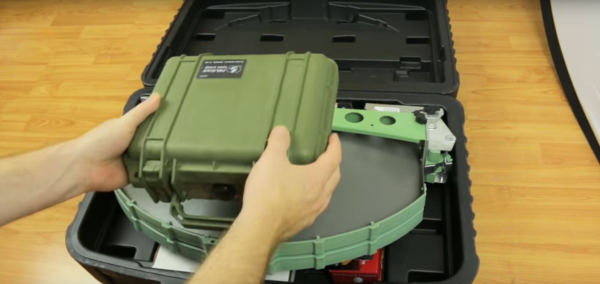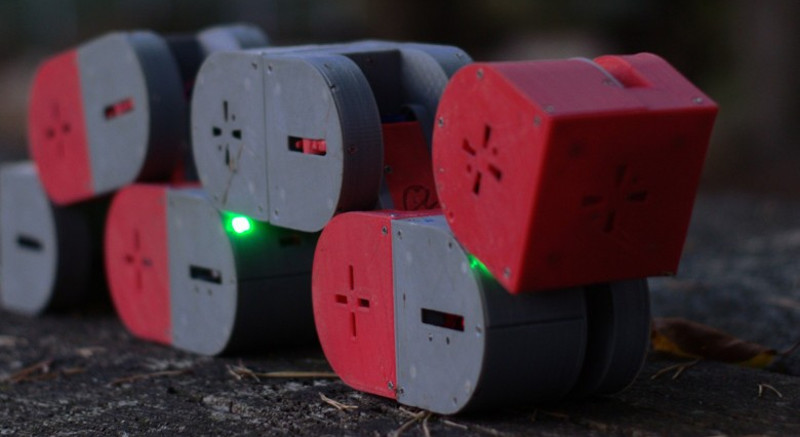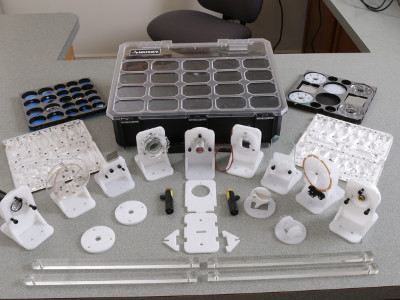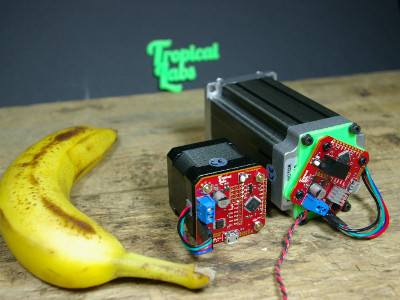The Hackaday Prize is the greatest hardware build-off on the planet, and with that comes some spectacular prizes. For the inaugural Hackaday Prize in 2014, the top prize was $196,418. That’s a handsome sum, and with that, the right hardware, and enough time, anything is possible.
The winners of the first Hackaday Prize was the SatNOGs project. The SatNOGs project itself is very innovative and very clever; it’s a global network of satellite ground stations for amateur cubesats. This, in itself, is a huge deal. If you’re part of a student team, non-profit, or other organization that operates a cubesat, you only have access to that satellite a few minutes every day — whenever it’s in the sky, basically. SatNOGs is a project to put directional, tracking antennas everywhere on Earth, all connected to the Internet. This is a project that gives global ground station coverage to every amateur-built cubesat.
It’s been two years since SatNOGs won the Hackaday Prize, so how are they doing now? I caught up with some of the midwest reps of SatNOGs at this year’s Hamvention, and the project is doing very well. The steerable antenna mount designed by the SatNOGs project is fantastic, some of the Earth stations are seeing a lot of use, and the network is growing.
Two years is a long time, and since then SatNOGs has evolved into the Libre Space Foundation, a not-for-profit foundation with a mission to promote, advance and develop free and open source technologies and knowledge for space.
The premier project for the Libre Space Foundation is the UPSat, the first Open Source satellite ever launched. For the last two years, this is what the Libre Space Foundation has been working on, and soon this satellite will be orbiting the Earth. The satellite itself was recently delivered, and next month it will be launched to the International Space Station aboard a Cygnus spacecraft. After that, it will be deployed to low Earth orbit from Nanoracks’ deployment platform on the station.
This is truly an amazing project. SatNOGs brought a network of ground stations to amateur cubesats orbiting the Earth, and now the Libre Space Foundation will put an Open Source satellite into low Earth orbit. All the documentation is available on Github, and this is the best the open hardware movement has to offer. We’re proud to have SatNOGs and the Libre Space Foundation proving that Open Hardware can change the world, and we can only hope this year’s winner of the Hackaday Prize has such an impact.
























